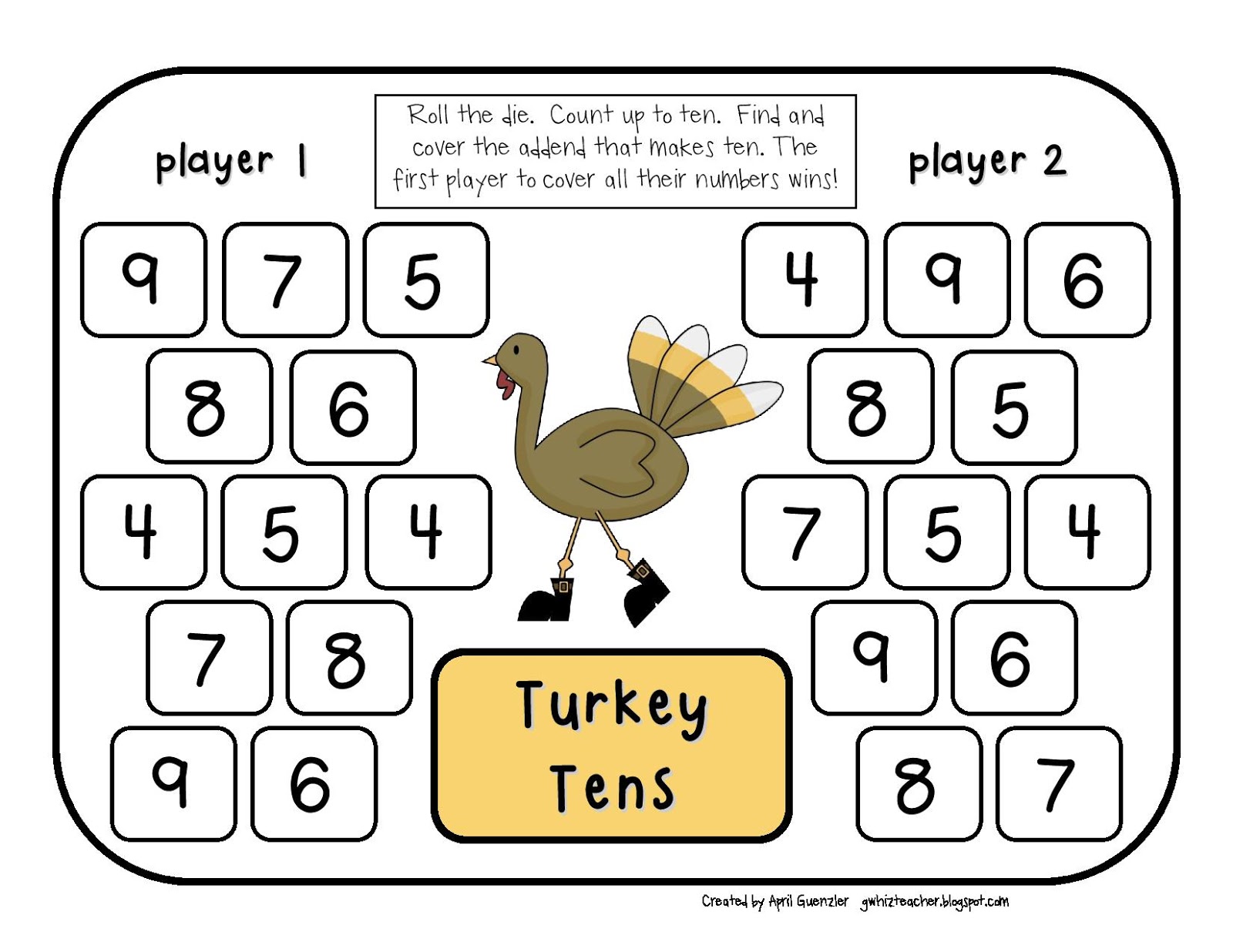
To help students go to college, college grants are available. It can be challenging to find them. The US Department of Labor also offers a scholarship looker tool. This tool allows you search for college grants based on type and category. Some grants are need-based while others are specific to a field of study.
Federal Pell Grant
One of the most important grant programs in America is the Federal Pell Grant for College. Created in 1972, this federal grant provides financial assistance to low-income students who want to attend college. Approximately 1.6 million undergraduate students are awarded funds through the program each year. This program offers students the opportunity to receive $100-$4,000 per year. The maximum award for this program is $4,000, however most students receive less. Average grant amount is $599. Students may be eligible for a larger grant amount if they intend to study abroad.
Students must meet strict eligibility requirements in order to be eligible to receive the maximum Pell Grant award. Students must make less than $30,000 a year. The maximum Pell Grant award is based on the budget passed by Congress each year. The maximum Pell Grant award for college-bound students in 2020 will be $6 495. This is an increase of $6 400 from 2018-2019. Students could be awarded less or more than expected.

Federal Supplemental Education Opportunity Grant
A Federal Supplemental Education Opportunity Grant (FSEOG) is a grant that provides free money for students to help them pay college. Similar to the Pell Grant but you have to apply early in the year. This money is awarded to students with a high financial need.
FSEOG applicants must complete the Free Application for Federal Student Aid Form (FAFSA). This form will tell you how much money is needed to attend college. Because schools receive only a small amount of funding each academic year, it is crucial to apply early.
Grants to state college
If you are thinking of returning to school to earn your bachelor's degrees, apply for state college grant. These grants are for low-income families and are based upon need. You must comply with certain rules. These programs require that you meet certain criteria.
These programs may have different requirements. To ensure you are eligible, make sure to read the details of each grant carefully. You should also check the maximum amount you can receive from each grant. You will need to fill out the FAFSA form (r) in order to apply for grants. A PA State Grant Formula must be filled out. The majority of applicants don't have to complete this form. However, if you are in financial difficulty or need financial assistance, you might still be eligible to receive the money.

Service grants for Iraq and Afghanistan
The federal government is offering an opportunity for undergraduate students who are interested in joining the armed forces to apply for an Iraq and Afghanistan service grant. Students pursuing their first bachelor's degree can apply for the grant if they have a parent who has died in the wars in Afghanistan or Iraq after September 11. Students must be less than 24 years of age and must be enrolled at a college or university full-time. Students can apply by identifying theirself with the Department of Defense.
The Iraq-Afghan Service Grant is a college award that honors U.S. troops who died in conflicts in Iraq/Afghanistan. This grant is similar to the Pell Grant, except that it does not have any restrictions regarding family income. Candidates must have a minimum 3.0 GPA, and be enrolled for at least one semester.
FAQ
Is there a specific skill required for my chosen profession?
You will need to be able to communicate effectively in writing if you wish to become a lawyer. A nurse must have the ability to communicate well. You will need to be able to use math skills to become an accountant. These are just a few examples. Take a look at all the things that you love doing. What kind of job will allow you to continue doing those activities? Engineers need to understand how to design machines or structures. Understanding basic math will be essential if you want to be successful. To be successful in business, you'll need to understand numbers and statistics. If you want to pursue a career as a teacher, you'll need good communication skills. You need to be able help and teach others.
What's the difference between college and school?
Schools are usually organized into classes (or grades) with a teacher who teaches a group of students. Colleges are bigger organizations that offer more specialized courses and may include university-level courses. Schools usually focus on basic subjects while colleges may offer a variety of subjects including arts, science, languages, business, etc. Both levels have a curriculum that prepares students for higher education.
What factors should you consider when choosing your major?
First, you should decide if you want to go into a career straight away or go to college. Then you should make a list of your interests and talents. Your interests can come from reading, listening to music, watching movies, talking to people, playing sports, working around the house, etc. Your talents may include singing, dancing and writing. Once you have identified your interests and talents, you can use them as guides when selecting a major.
If you are interested to be an artist, art history or fine arts might be a good choice. Biology could appeal to you if animals are your passion. Pre-medicine and medical technology might be a good option if you want to become a doctor. If you'd like a career that involves computers, you might check out computer science or computer networking. There are many possibilities. Just think carefully about what you'd like to do.
What are some possible ways to receive scholarships?
Scholarships can be granted to help cover college expenses. There are many types of scholarships available. These scholarships include:
-
Federal Grants
-
State Grants
-
Student Loans
-
Work Study Programs
-
Financial Aid
Federal grants are directly issued by the U.S. government. Most federal grants require applicants to meet certain requirements. Financial need is one example.
Individual states offer state grants. These funds are offered by individual states based on financial need. Others offer money for specific purposes.
Banks and other lending agencies can provide student loans. Students are often able to borrow money for expenses such as tuition or living expenses.
Employers can use work-study programmes to attract qualified students. Employers are required to pay employees at least minimum wage.
Financial aid can help families with low incomes afford college by covering all or part of tuition costs.
Who can homeschool?
Anyone can homeschool. There aren't any requirements.
Children can be taught by parents who have graduated high school. Many families decide to teach their grandchildren while they are still in high school.
Parents who have received less formal education can still teach their children.
After completing certain requirements, parents can become teachers certified. These requirements can vary from one state to the next.
Some states require homeschooled students take a test to graduate. Others do not.
Homeschooling parents must register their family with the local school district.
This involves filling out paperwork, and submitting it back to the school board.
Parents are permitted to enroll their children in private or public schools after they have registered.
Some states allow parents to homeschool, but they must register their children with the government.
If you reside in one of these states you are responsible for making sure your children comply with the compulsory attendance laws.
Do you have to go to college in order become an early education teacher?
However, you may want to think about going to college in order to be prepared for a career in the field.
It is crucial to realize that teaching is not an easy job. Every year, there are many applicants who aren’t accepted to programs. In addition, many people quit after just one semester of college.
To become a teacher, you must also meet certain qualifications.
Statistics
- Globally, in 2008, around 89% of children aged six to twelve were enrolled in primary education, and this proportion was rising. (en.wikipedia.org)
- They are more likely to graduate high school (25%) and finish college (116%). (habitatbroward.org)
- Think of the rhetorical power of nineteenth-century abolitionist Harriet Beecher Stowe, Martin Luther King, Jr., or Occupy Wall Street activists with their rallying cry of “we are the 99 percent.” (bostonreview.net)
- In most developed countries, a high proportion of the population (up to 50%) now enters higher education at some time in their lives. (en.wikipedia.org)
- Among STEM majors, that number is 83.5 percent. (bostonreview.net)
External Links
How To
How do you apply for scholarships?
Apply for scholarship funding first. It is possible to receive scholarships if you meet certain requirements.
For example, you can receive a grant if you are economically disadvantaged. A vocational training course is eligible to be considered for a work study program. If you are a member or a minority group, you may be eligible for a grant.
Once you have determined whether you are eligible for a scholarship type, you can apply.
The application process can be done online, over the phone or in person. The process of applying varies according to the scholarship.
Some scholarships require essays that describe you and explain why you desire the money. Others ask questions like, "Why did you choose this major?"
You must fill out an application for scholarships and attach supporting materials.
Your scholarship provider will review the information you provide. If you are selected, you will be notified via email or mail.
If you are not chosen, you still might qualify for another scholarship. Contact your scholarship provider for details.